The manual focus Tamron SP 90mm F/2.5 Adaptall-2 (52BB) Macro, A Cult Classic, a cult classic, is a highly acknowledged dual-purpose 90mm lens launched by Tamron in 1988. The lens, a follow-up to the 52B launched initially in 1979, came with a cosmetic redesign with a bayonet fitting for a hood, has the same 8 elements in 6 groups optics, BBAR Multi-Layer coating, focuses down natively to a 1:2 macro ratio, and down to 1:1 with an optional extension tube, the 018F.
The lens has a minimum focusing distance of 0.39 meters, a 330-degree focus throw, a 55mm filter thread, a diameter of 64.5mm, a length of 74mm at infinity, is not weather shielded and weighs 410 grams on the kitchen scale. On the camera, the lens is compact and has the feel and aura of a quality build, with a very smooth focusing ring, and an equally smooth and snappy aperture stops on the AI-mount version I was testing.
The 52B/52BB was later replaced by the similar but 1:1 macro 90mm F2.8 72B in 1996. Throughout its production run from 1979 to 2016, there was a total of 10 iterations of the model. This includes the 52E (1990), 152E (1994), 72B and 72E (1996), 172E (2000), 272E (2004), F004 (2012), and F017 (2016). Earlier models 52B and 52BB share the same optical formula with 8 elements in 6 groups but are manual focus only, with the 52B having 8 aperture blades instead of 9. Later 52BBs have 9 blades.
Accolades all around, the lens enjoys a Sharpness rating of 9.2, Aberrations at 8.7, Bokeh at 8.8, Handling at 8.7, and Value at 9.4 on PentaxForums.
Quick Take Images
As part of the 'Re-Living the CCD Sensor' series I am doing, I had the lens mounted on a 10MP CCD Nikon D200, the professional Nikon workhorse from 2006, and did a series of quick take images from the garden and the public community field just across the street.
On the D200 the lens is equivalent to a 135mm short telephoto lens on a 35mm full-frame camera, a very versatile focal length for portraits and portraiture, landscapes, street photography, and product cataloging.
Close-ups in the garden, and rummage around the kid's playpen area of the community garden.
The Nikon D200
The Nikon D200, with a hefty body weight of 830 grams without a battery, was Nikon's professional-grade digital SLR camera launched in 2005. The camera is fitted with a 10.2 MP CCD sensor, a shutter speed range from 30 to 1/8,000 seconds, an ISO range from 100 to 1,600, a top LCD panel for display of operating parameters, a 2.5 inch 230,00 pixels rear LCD, 7 area AF, operates in Program, Shutter priority, Aperture priority, and Manual modes, and captures images in JPEG and (NEF) RAW.
Built with a magnesium alloy chassis, environmental seals, and an excellent user interface, the D200 sports a very comprehensive array of function sets for Playback, Shooting, CSM (custom menus), and Set-Up. Settings can be saved to one of the four (4) Shooting Menu Banks, and images can be recorded in NEF (RAW) + JPEG (Fine, Normal, and Basic), RAW, or JPEG (Fine, Normal, and Basic) only, with a maximum size of 3872×2592 pixels.
The D200 can be used as well with Ai manual focus and essentially all other Nikkor lenses manufactured from 1977 onward. The only gripe I had when using the D200 with the Tamron SP 90mm 1:2.5, is the lack of the focal distance (90mm) in the camera's non-CPU lens data listing. I ended up setting the focal length distance to the nearest that was available, at 86mm.

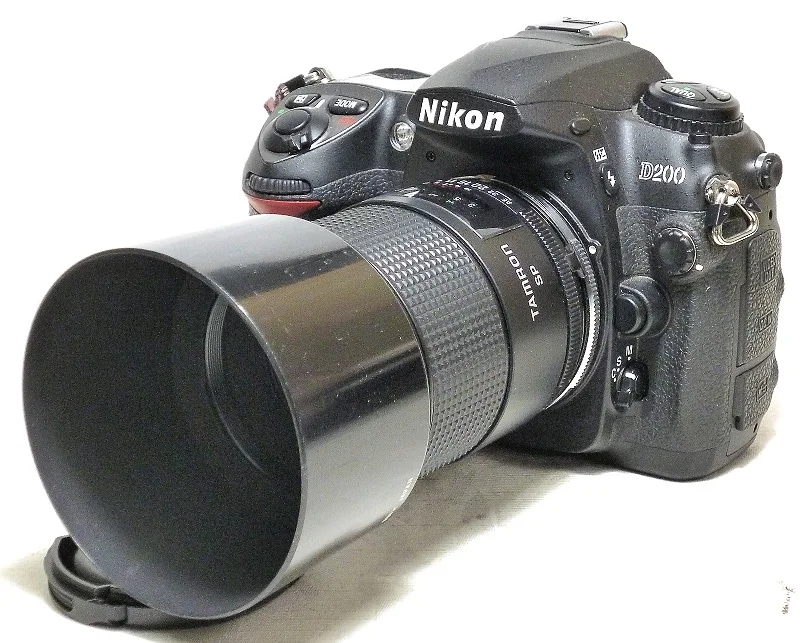



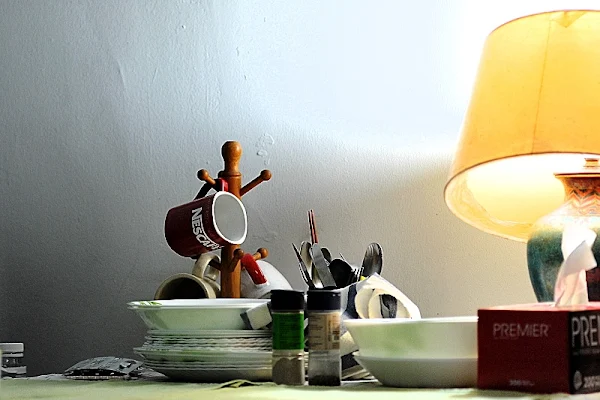
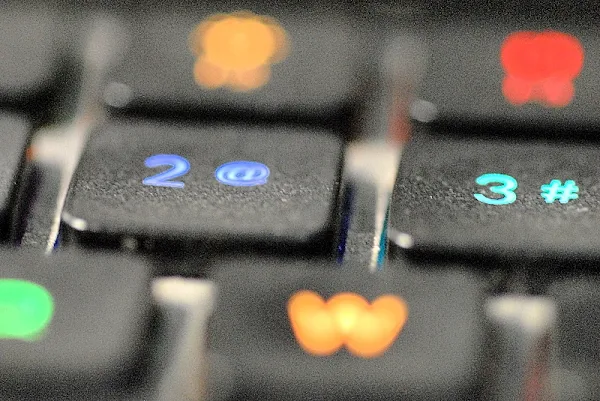

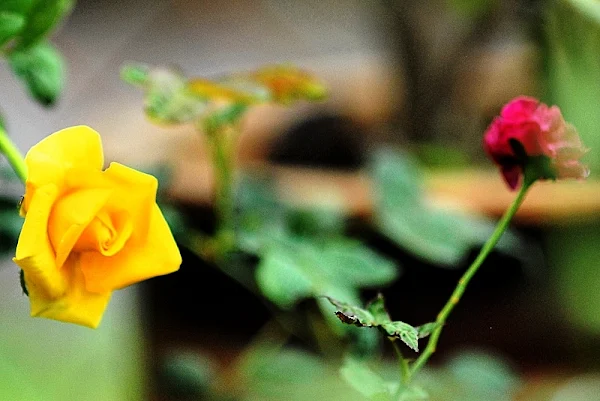


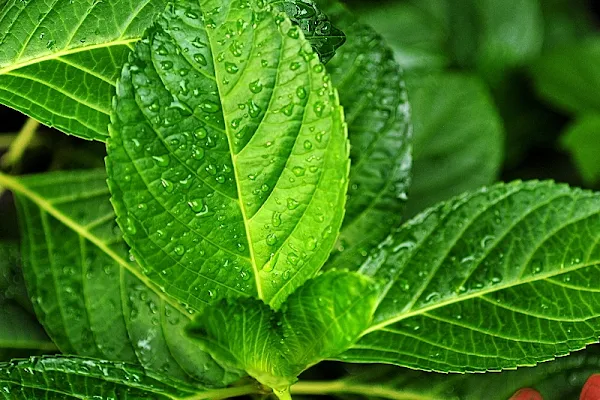

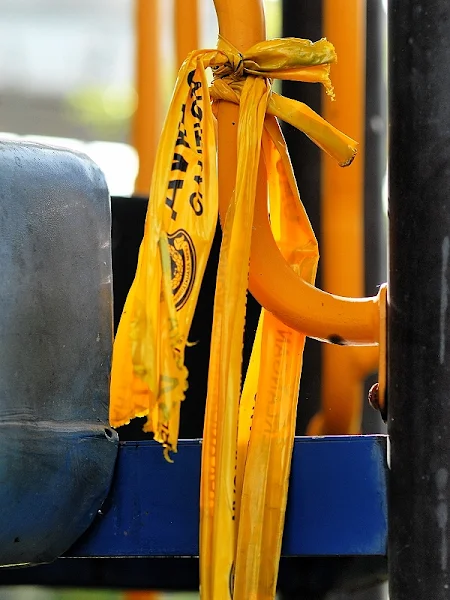

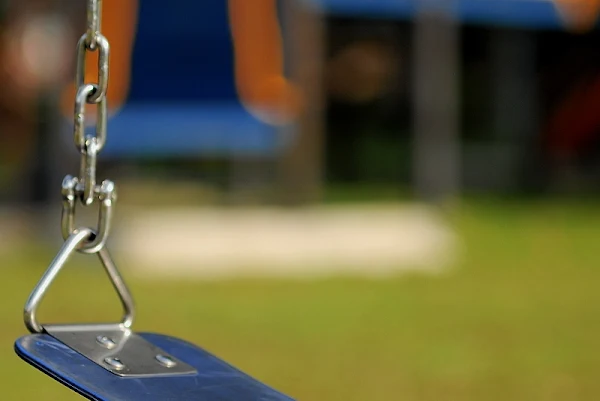














No comments:
Post a Comment